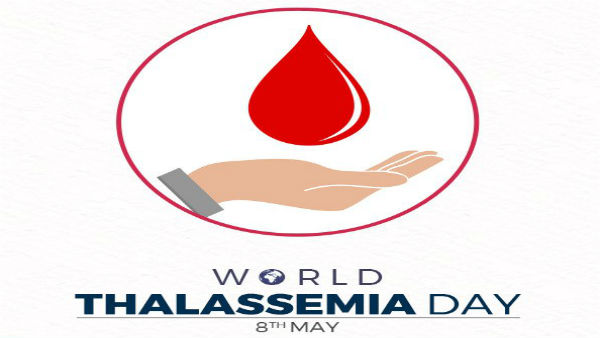Free Courses Sale ends Soon, Get It Now


Free Courses Sale ends Soon, Get It Now



Disclaimer: Copyright infringement not intended.
Context
What is Thalassemia?
Symptoms of thalassemia
The symptoms of thalassemia can vary. Some of the most common ones include:
Not everyone has visible symptoms of thalassemia. Signs of the disorder also tend to show up later in childhood or adolescence.
Causes of thalassemia
Different types of Thalassemia
There are three main types of thalassemia (and four subtypes):
All of these types and subtypes vary in symptoms and severity. The onset may also vary slightly.
Treatment
https://www.pib.gov.in/PressReleasePage.aspx?PRID=1823666
© 2024 iasgyan. All right reserved